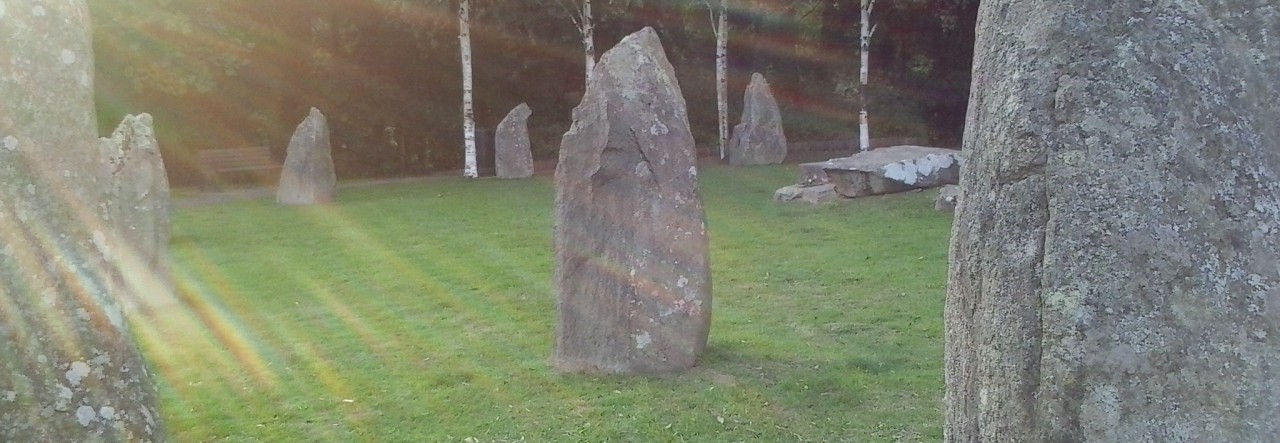Of Giants:
Sex, monsters, and the Middle Ages
by Jeffrey Jerome Cohen.
Medieval Cultures Volume 17,
University of Minnesota Press, 1999.
Consider these monsters — the Titans, Goliath, Grendel, Gogmagog, Ysbaddaden, Ymir, the Giant of Mont-Saint-Michel, Harpin de la Montagne, the Green Knight, the Carl of Carlisle, Gargantua, the Brobdingnagians, the giants in Jack and the Beanstalk and Jack the Giant Killer, King Kong, Roald Dahl’s BFG, the jolly Green Giant — which speak to us variously of terror, comedy, cannibalism, rape, sadism, dismemberment, stupidity, folk humour, folk wisdom, advertising and, usually, maleness. And, of course, size matters… What is there about these figures that simultaneously repels and attracts us?
You might suspect that any academic title with the word “sex” in the title is probably Freudian in inspiration. With Of Giants one of the jumping-off points is the psychoanalytical approach of Jacques Lacan which, as I understand it, in part reinterprets Freudian theory through linguistic criticism. In this book this approach can result in what almost seems a parody of the academic verbal jungle: “a gestalt radically estranging subjectivity from somacity… This misconstruction is a kind of teratogenesis… The giant can be perceived only synecdochically…”
But persevere! For this book reveals an aspect of medieval literature that is rarely confronted and more usually shied away from.
Continue reading “The intimate stranger”














